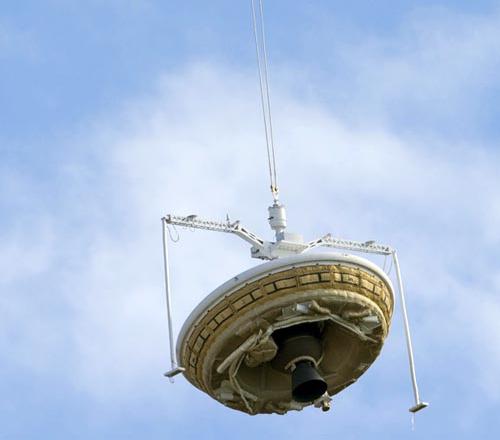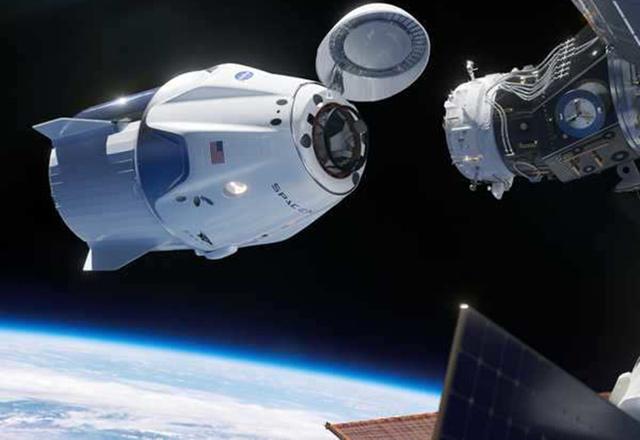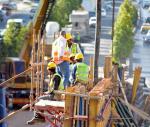You are here
NASA’s ‘flying saucer’ tests new Mars-landing technology
By AFP - Jun 29,2014 - Last updated at Jun 29,2014

WASHINGTON — NASA sent a saucer-like vehicle high into the sky Saturday to test technology for a future Mars landing, but its parachute tangled when deployed and the spacecraft splashed into the Pacific Ocean.
The test began when the US space agency attached its “Low-Density Supersonic Decelerator” vehicle to a helium balloon the size of a football field, the largest ever deployed, at a military base on the Hawaiian island of Kauai. The balloon carried the saucer high into the sky starting at 1840 GMT.
NASA television broadcast the event live.
After some 2.5 hours of ascent, when the balloon reached a height of 36,600 metres, it detached the saucer, which fired its rocket engine and rose to 54,900 metres travelling at 3.8 times the speed of sound.
At that point the engine was cut off and NASA began its first test — deploying a doughnut-shaped inflatable device around the saucer dubbed the “Supersonic Inflatable Aerodynamic Decelerator”.
This successfully slowed the saucer’s descent to 2.5 times the speed of sound.
As the saucer plunged towards Earth, NASA began its second test — deploying a giant parachute 36 metres in diameter.
The new technologies are being tested at extremely high altitudes similar to those in Mars’ upper atmosphere.
To land on Mars NASA has been using a parachute system first used in the 1970s, but with heavier spacecraft larger parachutes are needed.
The mammoth parachute should have helped the saucer complete a gentle landing on the Pacific Ocean. Instead it failed to fully deploy and the saucer plunged into the water.
The parachute “does not look like it deployed that well”, said Dan Coatta, one of the mission specialists, interviewed on NASA TV. “It deployed, but it did not fully inflate.”
Despite the parachute failure, NASA was satisfied with the $150 million test.
“What we saw is a very good test,” said Coatta, noting that everything went well up to the point of the parachute test.
“This is an opportunity to look at the data and learn what happen and apply that for the next test,” he said.
NASA has two more flights planned to further test the new landing technology.
Strong winds had forced NASA to postpone the flight, originally scheduled for a two-week launch window in early June.
Related Articles
Europe will launch an experimental “space plane” on Wednesday, a car-sized, wingless vessel whose 100-minute unmanned mission will inform the design of reusable spacecraft of the future.
A new US space capsule, Orion, circled the Earth twice before plunging into the ocean Friday in a flawless test flight that opened a new chapter in human deep space travel.
WASHINGTON — Four astronauts carried into orbit by a SpaceX Crew Dragon boarded the International Space Station on Tuesday, the first of wha
















